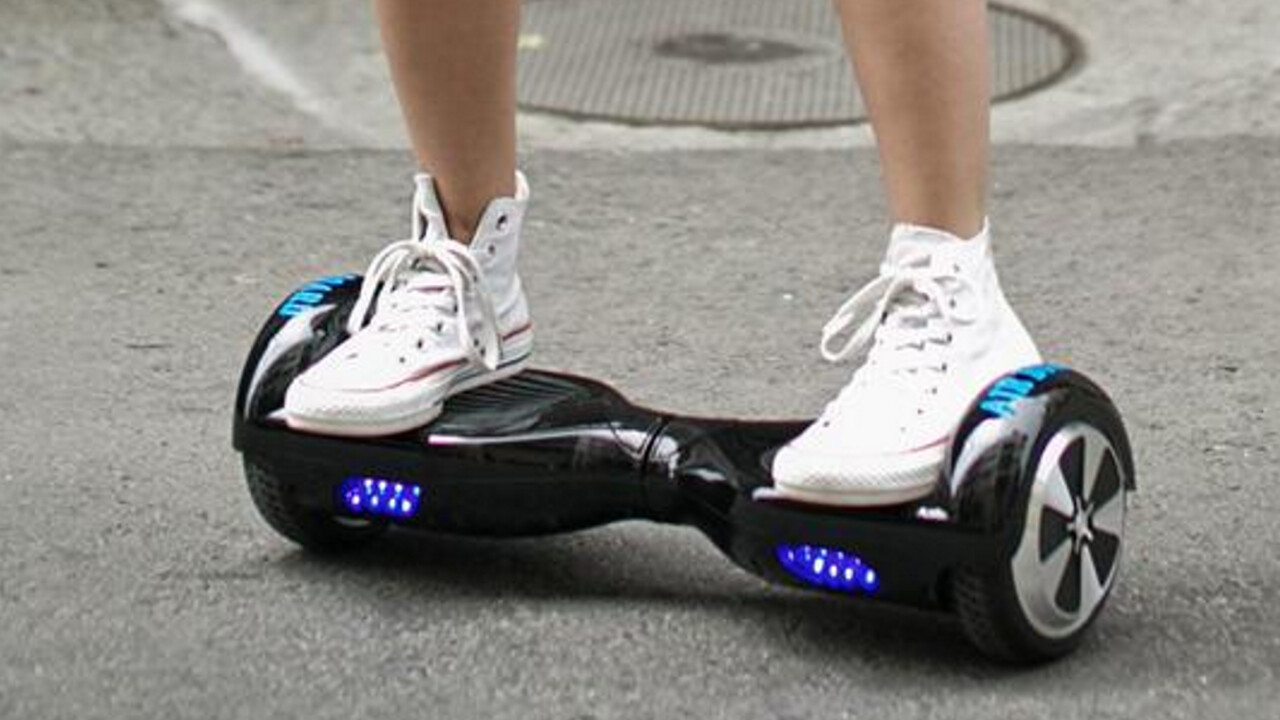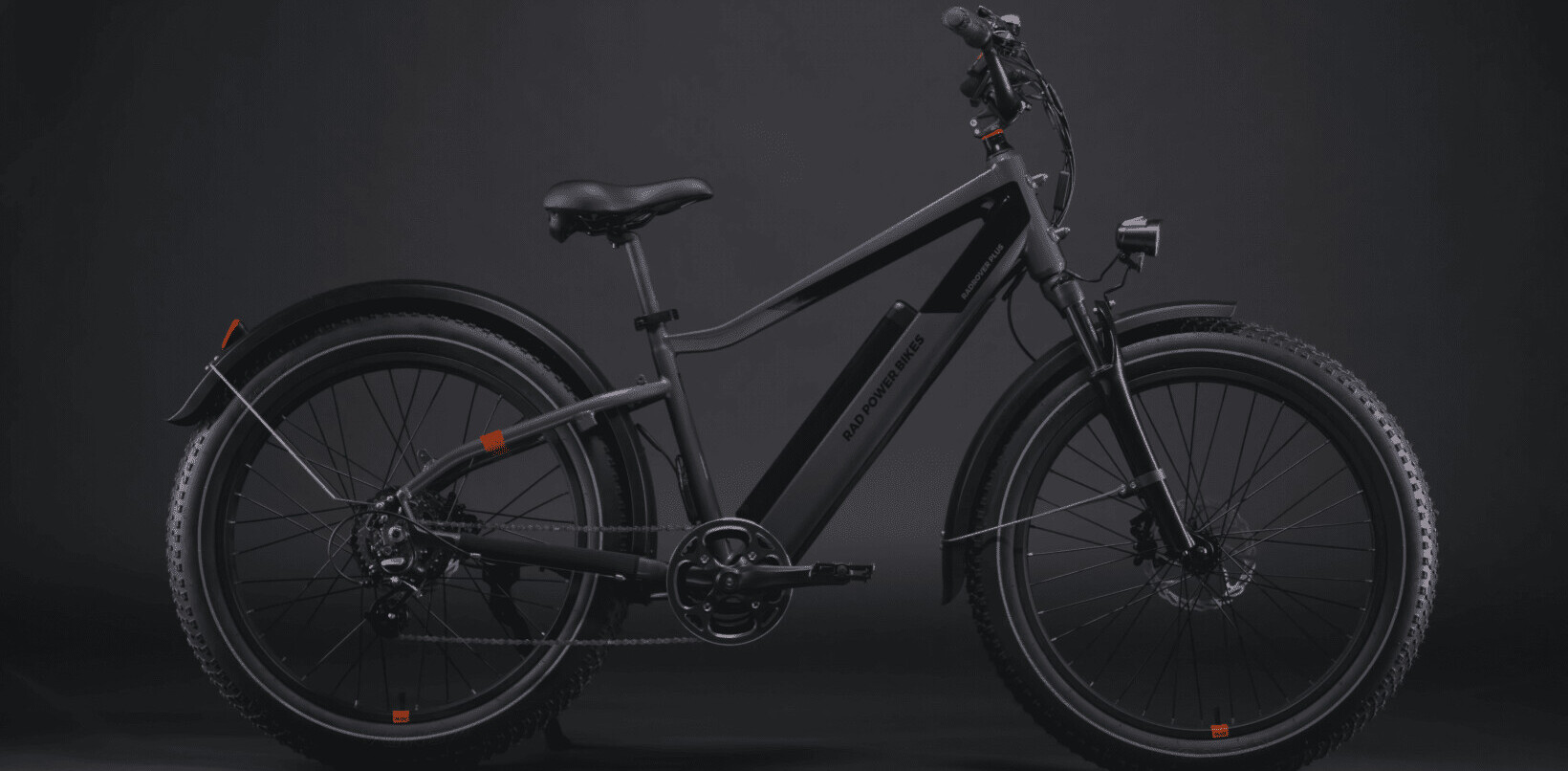
A teenager has died after colliding with a bus while riding a hoverboard, according to social media reports and the BBC last week.
Sad to hear about the death of a 15-year-old boy in Alperton last night who collided with a bus whilst riding a hoverboard
— Cllr James Denselow (@cllrjdenselow) December 11, 2015
No specifics about the accident were released, and no suggestions have been made that the hoverboard was to blame or faulty – the Met Police told TNW it was too early to comment on any further details when we enquired.
It’s awful news, it’s not the only death to have happened on a hoverboard – a 6 year-old was killed in Abu Dhabi after being struck by a car while riding one.
It also doesn’t help that hoverboards have been catching fire alarmingly regularly while charging. Airlines are also banning them from being transported due to the potential fire risk.

Add in that Amazon has reportedly removed many of its hoverboards from sale due to this potential fire risk, and the likelihood of the devices sticking around much longer looks in doubt at all, but new tech has always had an uneasy relationship with safety.
A history of fear
The balance between regulation of new tech and a permissive enough environment that new ideas are actually allowed to make it to market is a delicate one. Businesses working on new technology can’t be expected to self-regulate (at least not beyond the point of basic safety – that’s why the CE and FCC marks exist) and regulatory bodies always have to play catch-up. Given the high percentage of devices that ship unchecked from China without appropriate chargers, the problem seems to be one that’s more one of oversight than the technology itself.
Take drones as another recent example: near misses with aircraft, an eyeball-slicing accident and a number of other high-profile stories could have lead to a knee-jerk reaction to ban drones entirely. Instead, regulation is now being developed to enable new services that use the technology in a safe way. New technical advances, like geo-fencing, are also now available but weren’t when drones were first introduced.
The rush to denounce a new technology as defective, dangerous or plain unnecessary has always been a seductive one, but if this happened with drones, we wouldn’t be seeing the potential industrial and commercial uses that are now being realized, or are soon to be realized.
For an older example, if mobile phones had been outlawed due to the headlines screaming of the risks of cancer or other negative side-effects from not knowing what effect the devices could have, we would be living in a totally different world right now.
No countries (that I could find) are yet calling for an outright ban on the sale of hoverboards, but it’s hard not to wonder how long that will persist if the negative safety record isn’t cleared up.
An ill-defined future
While pulling potentially hazardous specific products from sale is obviously the right thing to do, resistance from regulations and a tendency to focus on headline stories with a negative outcome is a problem faced by many new technologies and gadgets.
The gadgets have soared in popularity in recent months around the world, but have a dubious legal status in the UK. To be clear, they’re definitively illegal to use in public anywhere, regardless of whether that’s on the sidewalk or roads. The only place that you’re allowed to use one legally in the UK is on private land.
However, a law that isn’t enforced isn’t a whole lot of use either – London’s Metropolitan Police doesn’t seem massively bothered about enforcing the rules as they stand, and that’s hardly surprising given the other things officers need to focus on. If more deaths rack up as a result of usage though, you can bet that will change pretty quickly.
The hoverboard admittedly doesn’t pose quite the same potential to change the world as the mobile phone (and then smartphone) and with a start that includes at least a couple of deaths and significant safety concerns, it’d be all too easy to write hoverboards off – New York is one of the most recent major cities to try and slow sales by banning their use in public – before seeing where they will take us next.
For that to happen, clear guidelines on how and where they can be used needs to be put in place and more stringent safety checks on the finished products need to be carried out. But that’s not a reason to throw out the whole notion of them becoming commonplace or to write them off as a technology gone bad.
They’re not the hoverboards from Back to the Future, but they are still the hoverboards of our future.
Get the TNW newsletter
Get the most important tech news in your inbox each week.





